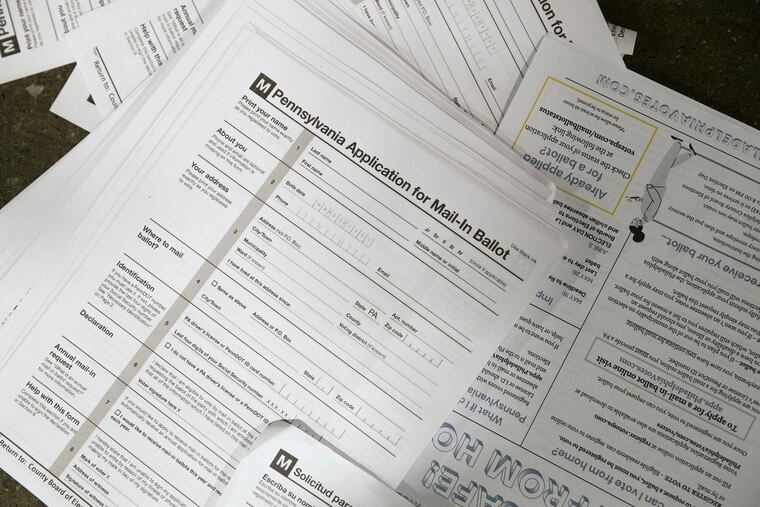Democrats requested Pennsylvania mail ballots at higher rates than Republicans in every county
Nearly 18 times as many Pennsylvanians have requested mail ballots this year as in the 2016 primary, fueled by both a change in election law that allows anyone to vote by mail and a pandemic that makes it riskier to vote in person.
